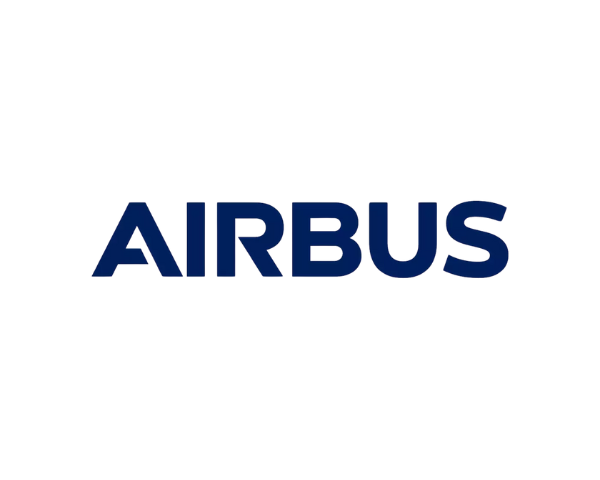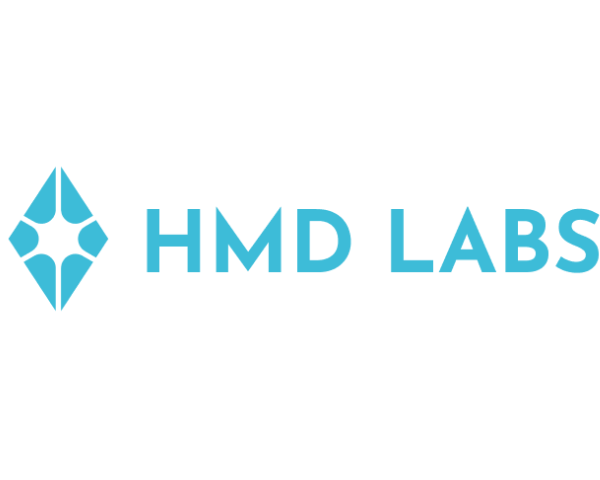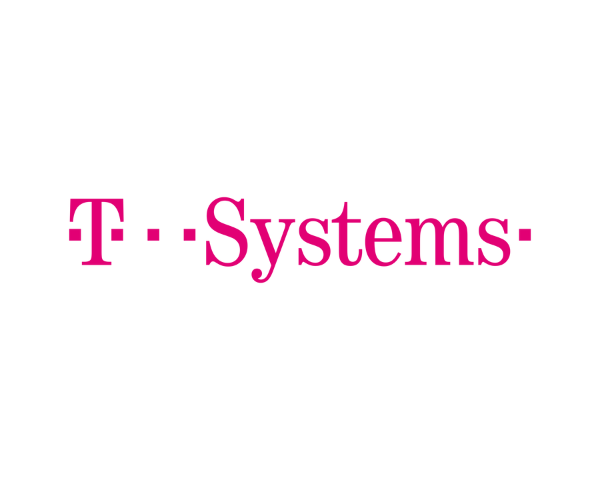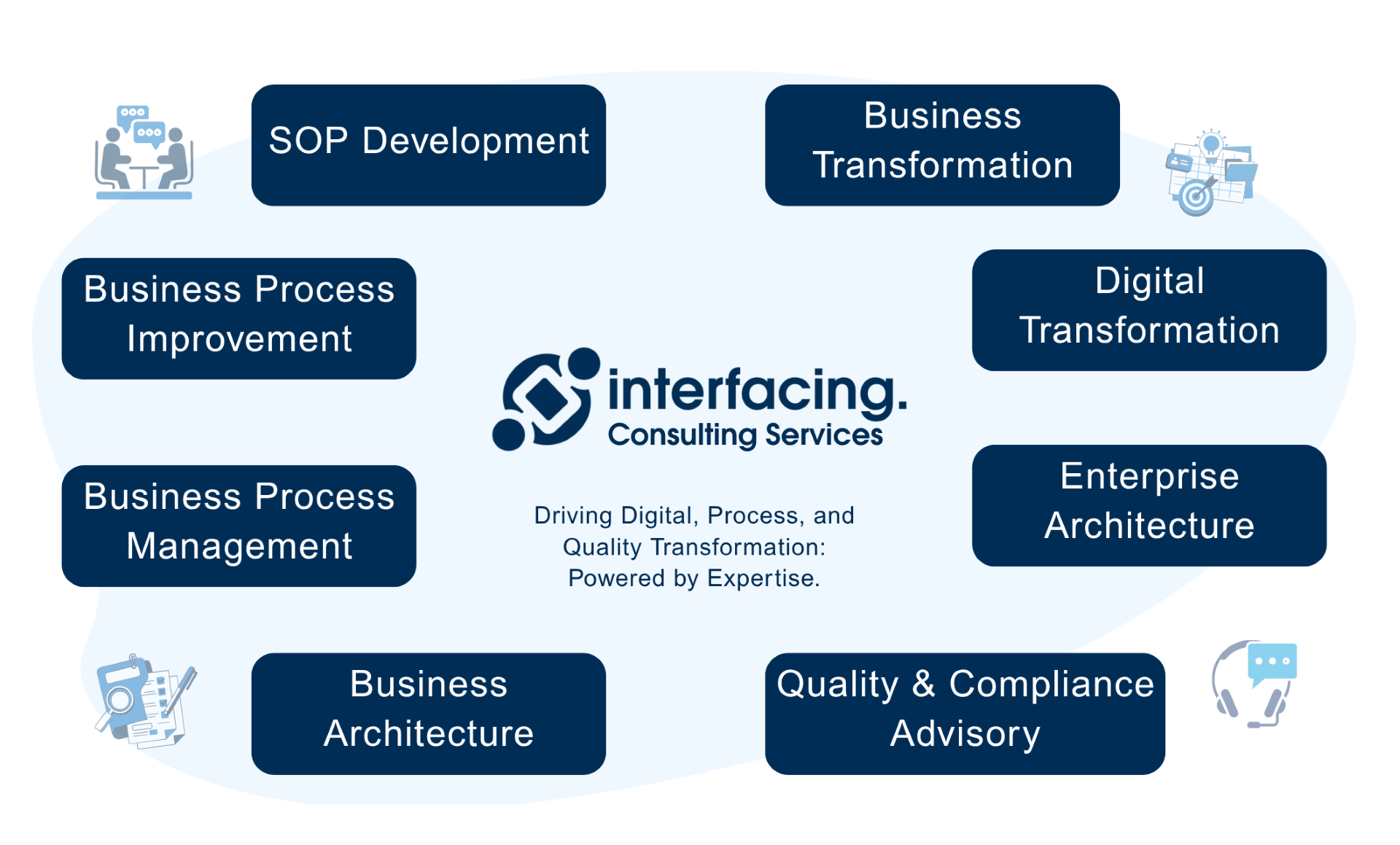- Business Process Management (BPM)Document Management System (DMS)Electronic Quality Management System (QMS)Risk, Governance & Compliance (GRC)Low Code Rapid Application Development (LC)Business Continuity Management (BCM)Enterprise Architecture (EA)Business Process Management (BPM)Document Management System (DMS)
- Document Control Overview
- AI Content Creation & Improvement
- Policy & Procedure Management (SOP)
- AI Content Mining Parser
- Collaboration & Governance
- Data Migration & Integration
- Interfacing Offline App
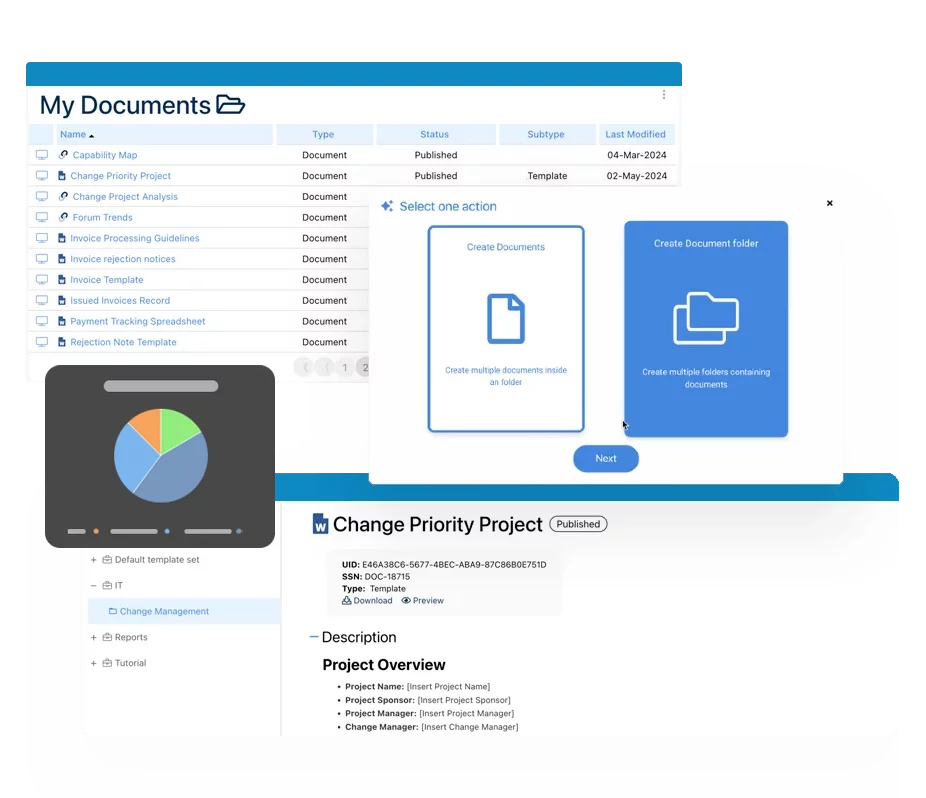 Electronic Quality Management System (QMS)
Electronic Quality Management System (QMS)- Quality Management System Overview
- Document Control & Records Management
- Audit & Accreditation Management
- Corrective & Preventative Action
- Quality Event (Non-conformity / Complaint/ Compliance)
- Risk Management
- Incident Management
- Environmental Health & Safety
- Product & Supplier Management (SCAR)
- Training Management
- Control Management
- Action Items Management
- Management Review
- FMEA
- Pharmacovigilance
- Data Migration & Integration
 Risk, Governance & Compliance (GRC)
Risk, Governance & Compliance (GRC)- Risk, Governance & Compliance Overview
- Risk & Control Management
- Regulatory Compliance
- Collaboration & Governance
- Data Migration & Integration
- Interfacing Offline App
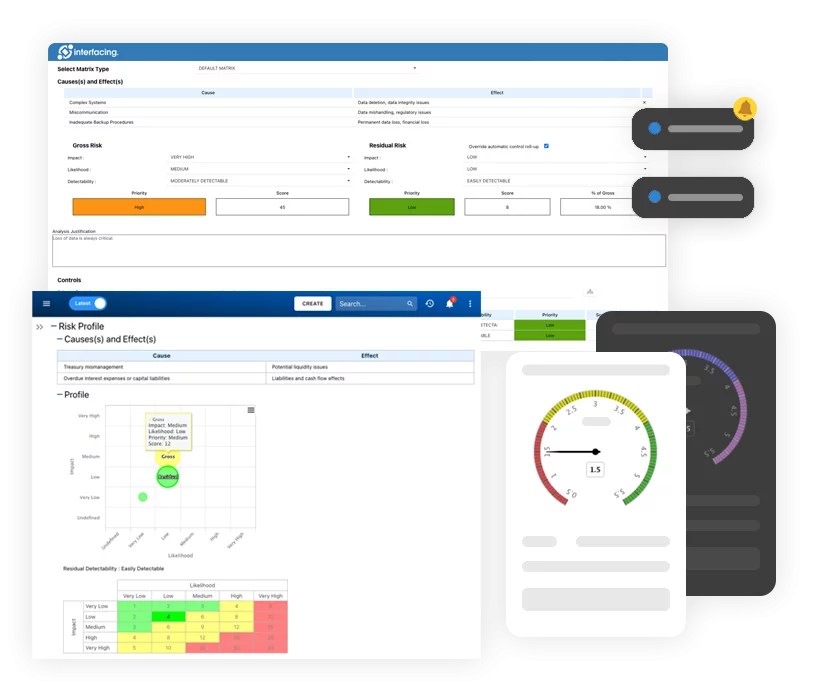 Low Code Rapid Application Development (LC)
Low Code Rapid Application Development (LC)- Low Code Automation Platform Overview
- Electronic Web Form Design (eFORMS)
- Database Table Entity Designer
- System Integration Designer
- Design & Manage Tasks
- Design & Manage BPMS Apps
- Custom Rules/Guards/Actions
- Electronic Services
- User Homepage
- BAM (Business Activity Monitoring)
- Custom Dashboard Design
- Data Migration & Integration
 Business Continuity Management (BCM)
Business Continuity Management (BCM)- Business Continuity Management Overview
- Business Impact Analysis
- Disaster Recovery Simulation
- Action Item Management
- Mass Notification Management
- Asset Management
- Interfacing Offline App
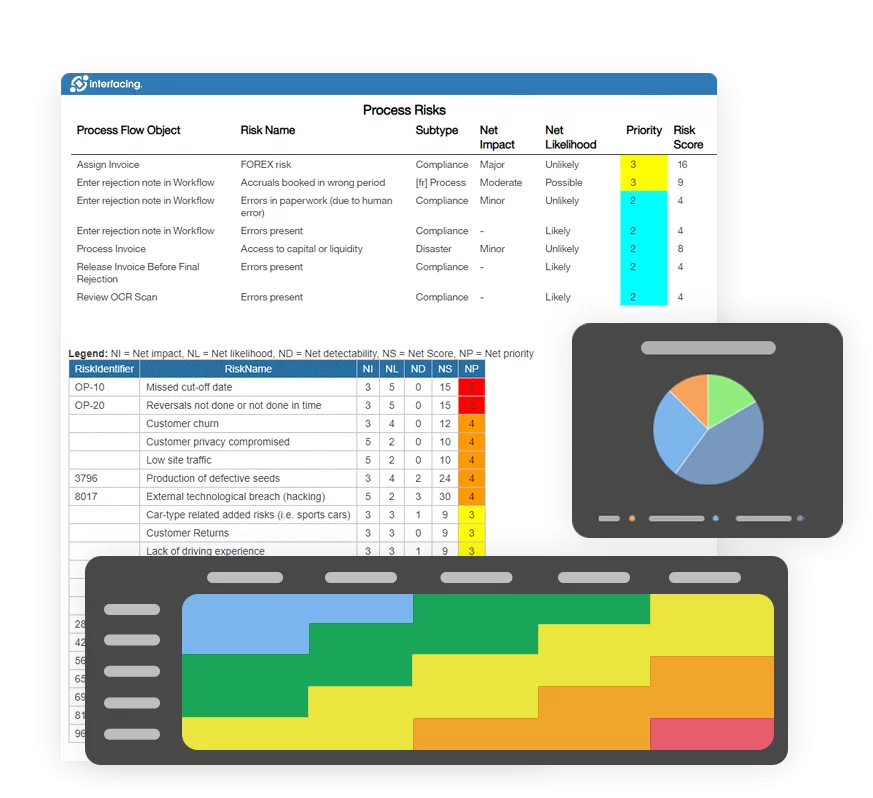 Enterprise Architecture (EA)
Enterprise Architecture (EA) - IndustriesRegulatory ComplianceUse CasesLearning CenterFramework & PracticesIndustries
- Healthcare
- Medical Device Technology
- Life Science, Pharmaceutical
- Aerospace & Defense
- Airlines and Aviation
- Media & Telecommunications
- Government and Military
- Technology
- Energy
- Logistics & Port Operations
- Banking & Capital Markets
- Retail & Consumer
- Consulting
- Education
- Engineering & Construction
- Manufacturing
- Financial Services
- Insurance
- Chemicals
Regulatory Compliance- Regulatory Compliance
- ISO
- ISO 9001 (guide)
- ISO 9001:2026 (preparation)
- ISO 17025
- ISO 27000
- ISO 27001
- ISO27002
- ISO 42001
- EU AI Act
- SOC 2 Type 1 & 2
- Sarbanes Oxley
- GxP
- GRC
- Basel
- Digital Signature
- GDPR
- IFRS
- NIST SP 800-53
 Use Cases
Use Cases- Quality Management System (QMS)
- Digital Transformation
- Continuous Improvement
- Governance, Risk & Compliance
- Knowledge Management
- System Deployment (ERP, CRM…)
 Learning CenterFramework & Practices
Learning CenterFramework & Practices - AboutCustomer SuccessPartners



Maximizing Efficiency:
The Indispensable Role of BPM Tools in Reorganization &
Cost-Cutting Initiatives
Please Select contact form.

In the dynamic landscape of business, change is the only constant. Companies often find themselves in the throes of reorganization and cost-cutting activities to stay competitive and agile. In such times, the strategic deployment of Business Process Management (BPM) tools emerges as a linchpin for success.
Understanding the Dynamics of Reorganization & Cost-Cutting
Before delving into the value of BPM tools, let’s unpack the dynamics of reorganization and cost-cutting within a business framework.
Reorganization is a multifaceted process that involves restructuring of departments, realigning teams, and sometimes even altering the core business functions. This could be prompted by shifts in market demands, technological advancements, or the need to streamline operations for better efficiency.
Cost-cutting, on the other hand, is a tactical move aimed at reducing expenditures without compromising on productivity and quality. It involves scrutinizing budgets, identifying redundant processes, and optimizing resource allocation.
Both reorganization and cost-cutting activities demand a keen understanding of existing workflows, communication channels, and overall business processes. This is where BPM tools prove their mettle.
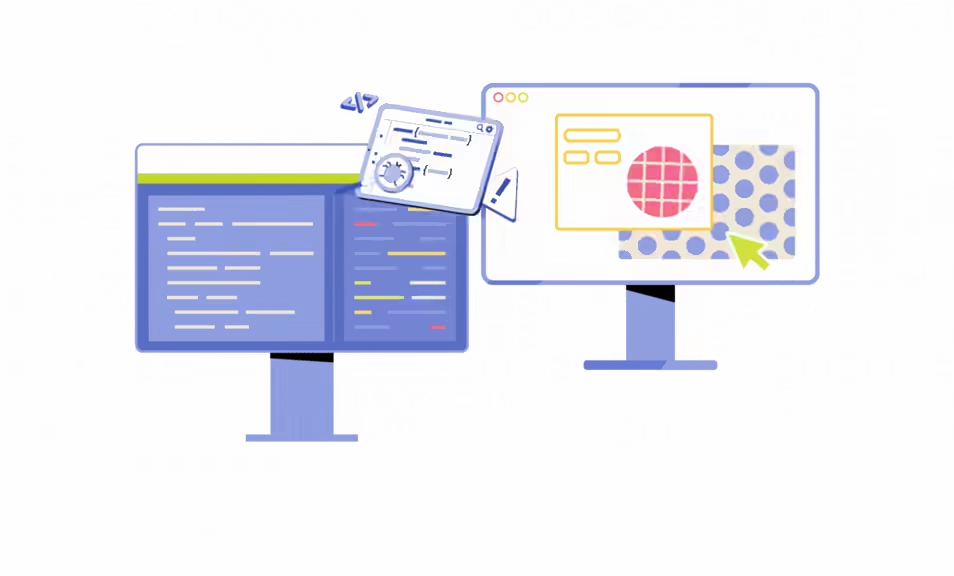
The Strategic Role of BPM Tools in Reorganization
1: Process Mapping and Analysis:
BPM tools facilitate comprehensive process mapping and analysis, providing a clear visualization of existing workflows. During reorganization, this is invaluable as it allows stakeholders to identify bottlenecks, redundancies, and areas for improvement.
2: Identifying Key Performance Indicators (KPIs):
Successful reorganization requires measurable outcomes. BPM tools help in defining and tracking KPIs, ensuring that every change made aligns with strategic objectives. This data-driven approach ensures that decisions are grounded in performance metrics rather than subjective assessments.
3: Enhanced Communication and Collaboration:
Reorganization often involves restructuring teams and realigning responsibilities. BPM tools offer collaboration features that streamline communication, even across dispersed teams. This ensures that everyone is on the same page, mitigating resistance to change and fostering a collaborative work environment.
4: Agile Process Design:
BPM tools enable agile process design, allowing organizations to adapt quickly to changing circumstances. When reorganizing, the ability to modify workflows on-the-fly ensures that the business remains responsive to evolving market dynamics.
5: Change Management:
Reorganization is not just about altering structures; it’s about managing change effectively. BPM tools come equipped with change management functionalities, helping organizations navigate transitions smoothly by providing insights into how changes impact processes and people.
The Crucial Role of BPM Tools in Cost-Cutting Initiatives
Identifying Redundant Processes:
Cost-cutting initiatives necessitate a granular understanding of processes to identify redundancies. BPM tools offer a systematic approach to process analysis, revealing inefficiencies that can be eliminated without compromising overall productivity.
Budget Monitoring and Control:
Effective cost-cutting requires vigilant budget monitoring. BPM tools come equipped with features that enable real-time tracking of expenses and resource usage. This real-time visibility empowers decision-makers to make informed choices that align with financial goals.
Resource Optimization:
BPM tools provide a holistic view of resource allocation and utilization. This allows businesses to optimize their workforce and assets, ensuring that every resource is deployed efficiently. This, in turn, contributes directly to cost savings.
Risk Mitigation
Cost-cutting measures inherently come with risks. BPM tools offer risk management capabilities, allowing organizations to anticipate and mitigate potential risks associated with changes in processes or resource allocation.
Automation for Efficiency:
Automation is a key component of cost-cutting strategies. BPM tools empower organizations to automate repetitive tasks, reducing the dependency on manual interventions. This not only improves efficiency but also minimizes the likelihood of errors.
Case Study: Leveraging BPM Tools for Success
Let’s consider a hypothetical scenario of a medium-sized manufacturing company undergoing reorganization and cost-cutting initiatives.
Utilizing BPM tools, the company identified inefficiencies in their supply chain processes. Through process mapping and analysis, they discovered redundant steps that were contributing to delays and increased costs. By restructuring these processes and leveraging automation through BPM tools, the company achieved a significant reduction in lead times and operational costs.
Furthermore, the organization used BPM tools to streamline communication during the restructuring phase. This ensured that employees were well-informed about changes and had a platform for providing feedback. The result was a smoother transition with minimal disruptions to day-to-day operations.
Conclusion: The Ongoing Value of BPM Tools
In the ever-evolving landscape of business, reorganization and cost-cutting initiatives are not isolated events but ongoing processes. BPM tools provide ongoing value by offering a robust framework for continuous improvement.
By leveraging BPM tools strategically, organizations can foster adaptability, streamline processes, and achieve sustainable cost savings. The key lies in viewing BPM not merely as a tool for a specific project but as an integral part of the organizational culture—one that promotes agility, efficiency, and innovation.
In conclusion, the value of BPM tools in support of reorganization and cost-cutting activities cannot be overstated. They serve as the backbone for strategic decision-making, process optimization, and sustained business excellence in times of change. As businesses navigate the complexities of today’s markets, embracing BPM tools is not just a choice; it’s a necessity for success.
Why Choose Interfacing?
With over two decades of AI, Quality, Process, and Compliance software expertise, Interfacing continues to be a leader in the industry. To-date, it has served over 500+ world-class enterprises and management consulting firms from all industries and sectors. We continue to provide digital, cloud & AI solutions that enable organizations to enhance, control and streamline their processes while easing the burden of regulatory compliance and quality management programs.
To explore further or discuss how Interfacing can assist your organization, please complete the form below.

Documentation: Driving Transformation, Governance and Control
• Gain real-time, comprehensive insights into your operations.
• Improve governance, efficiency, and compliance.
• Ensure seamless alignment with regulatory standards.

eQMS: Automating Quality & Compliance Workflows & Reporting
• Simplify quality management with automated workflows and monitoring.
• Streamline CAPA, supplier audits, training and related workflows.
• Turn documentation into actionable insights for Quality 4.0

Low-Code Rapid Application Development: Accelerating Digital Transformation
• Build custom, scalable applications swiftly
• Reducing development time and cost
• Adapt faster and stay agile in the face of
evolving customer and business needs.
AI to Transform your Business!
The AI-powered tools are designed to streamline operations, enhance compliance, and drive sustainable growth. Check out how AI can:
• Respond to employee inquiries
• Transform videos into processes
• Assess regulatory impact & process improvements
• Generate forms, processes, risks, regulations, KPIs & more
• Parse regulatory standards into requirements

Request Free Demo
Document, analyze, improve, digitize and monitor your business processes, risks, regulatory requirements and performance indicators within Interfacing’s Digital Twin integrated management system the Enterprise Process Center®!
Trusted by Customers Worldwide!
More than 400+ world-class enterprises and management consulting firms




















